Child domestic violence may be more common and widespread than people may think. The World Health Organization states that there are more than one million confirmed incidents of child domestic violence in the US. People sometimes don’t realize the wide range of actions that are considered as forms of child abuse.
Child abusers are also not always easy to pick out of a crowd; most are normal individuals who fit into society quite easily. Because of all this, it may be hard to recognize or accept that a child is being abused.
Statistics
According to recent statistics from the Child Welfare Protection Services, 80% of child abuse and neglect victims developed at least one psychiatric disorder by the age of 21, including depression, anxiety, eating disorders, and post-traumatic stress disorder.
Moreover, children who experience abuse and neglect are 59% more likely to be arrested as a juvenile, 28% more likely to be arrested as an adult and 30% more likely to commit violent crimes.
Abused children are also 25% more likely to experience teen pregnancy, 2.5 times more likely to develop alcoholism and 3.8 times more likely to develop substance abuse.
One-third of these abused children will go on to abuse their own children one day. There are several types of abuse and neglect perpetrated against children.
Physical neglect involves the refusal of health care to treat a physical injury, medical condition or impairment, or a delay in health care.
Abuse In Children: Is It Age and Gender-Specific?
It has been pointed out that the incidence of child abuse and neglect on account of domestic violence has nominally decreased over the recent years, more than 1.25 million; that brings it to 1 out of every 58 children in the United States.
This staggering number has been proven solidly over the years after that.
61% or more than half of the children (a total of 771,700) were victimized by neglect. This means that a parent or guardian failed to provide for the child’s basic needs.
This includes but is not limited to the more obvious ones which are food, shelter, clothing, and education. The three main facets of neglect include:
● Educational neglect (360,500 children)
● Physical neglect (295,300 children), and
● Emotional neglect (193,400 children).
Around 44% of these statistics are comprised of children who were victimized by abuse (553,300 children). This includes physical abuse (325,000 children), sexual abuse (135,000 children), and emotional abuse (145,500 children).
A staggering average of nearly four children dies each day as a result of child abuse or neglect; based on a study conducted back in the year 2007. That comes up with a disturbing number of 1,760 children.
So the question here is: “Who is more likely to be abused or neglected among these children?” Truth is, no group of children is immune from being victimized by abuse or neglect.
Although girls are oftentimes more prone to physical abuse compared to boys, boys aren’t necessarily ruled out of the equation altogether.
For all other types of abuse or neglect, the statistics for the number of boys and girls victimized are apparently equal.
Children coming from all races, ethnicities, or cultural backgrounds can be victims of child domestic violence.
As a matter of fact, back in the year 2007, nearly one-half of all victims of child abuse and neglect where Caucasian (46.1%), one-fifth where African-American (21.7%), and one-fifth were Hispanic (20.8%).
Although it has been commonly observed that children of all ages may experience abuse or neglect, it is usually the youngest children which are most vulnerable and susceptible, with almost 32% of the children victimized with abuse or neglect being at the age of four years and below.
What Is Considered Child Domestic Violence?
Child Domestic Violence or child abuse is typically divided into four separate categories: physical abuse, sexual abuse, emotional abuse, and neglect. While all are different, each one can be extremely damaging to the child’s well-being.
Physical Abuse
This comprises all actions involving touching a child in a manner with the intent the harm him or her. For example, dealing blows to the child’s head or shaking the child in a violent manner both are forms of physical abuse.·
Sexual Abuse
These acts contain elements of both physical and emotional abuse. Sexual abuse can either involve contact between the child and another individual, or it may involve forcing the child to watch sexual acts being performed. With physical sexual abuse, the child may be forced to perform sexual acts alone or with another individual (another child, another adult — not necessarily with the abuser him or herself).
Emotional Abuse
This category encompasses all non-physical acts that have some sort of emotional or psychological impact on the child, such as verbal abuse. Examples of emotional abuse include directing hurtful words at the child or refusing to feed the child when he or she has does something wrong.
Neglect
This is the most common form of child abuse. It does not necessarily take a conscious effort on behalf of the abuser for him or her to neglect a child. Neglect includes acts such as failure to provide the child with basic necessities for a healthy life: food, water, shelter, bathing, healthcare, or love.
Obviously, child abuse can come in many different forms. Its effects — both physical and emotional — are long-lasting brought by domestic violence.
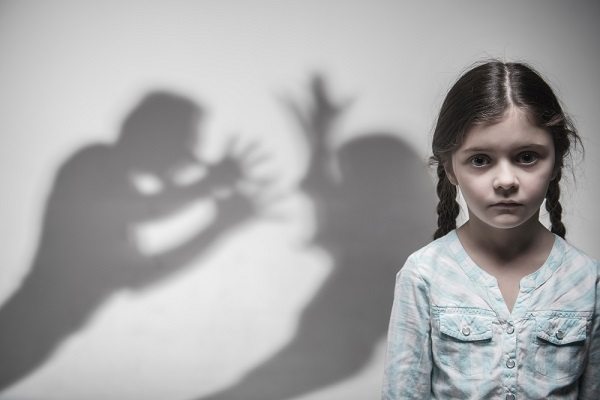
Recognizing A Child Victimized By Domestic Violence
Abused children often show different symptoms that indicate abuse.
Typically, their behavior changes drastically. They might show signs of antisocial behaviors such as acting out more than usual or becoming extremely quiet and aloof.
If a child has been physically abused in some form or fashion, then there are normally physical indicators on his or her body, such as bruises, cuts, or soreness.
The Long-term Effects of Child Domestic Violence
Children have that right to be loved. But there are those who suffer child abuse in the very sense of the word. Child abuse could either be physical, mental or sexual abuse to children.
This might have certain adverse effects on the child so they must be given extra support and attention.
Physical abuse concerns the maltreatments of children in a physical way. This means hurting the children physically, or not giving them proper nutrition.
Emotional abuse or mental abuse, on the other hand, is about abuse in children which affects primarily their emotions. This includes saying hurtful words to children, as well as scolding them often that lower their self-esteem.
Sexual abuse, however, is abuse that concerns the sexual attributes of a child. This is one of the worst cases of child abuse.
Causes of Child Abuse
Like any other abuse, child abuse also has a cause. There are many causes of child abuse. The most prominent one among the causes is mental illness, as well as psychological problems.
The tendency is that people who are not in their right minds could easily do harm to children, whether intentional or not.
Also, family problems are major causes of child abuse. Parents under the influence of drugs could easily hurt their children.
Financial problems could invoke parents or other members of the family to abuse children as an outlet of their emotions.
Stress could also be a root cause of child abuse. It is good to know the cause of abuse on a certain child so that the treatment and the actions could be well defined.
Effects of Child Domestic Violence
Children who have experienced child abuse are likely to have some emotional and psychological problems whether they display them or not and in worse cases, a child might have suicidal tendencies because of this.
The effects of child abuse on a child depend on how great the abuse is, the greater the abuse, the greater the effect on the overall state of the child.
Depression, stress, and trauma are also some of the effects of child abuse in children.
Abused children also exhibit conditions like difficulty in building up relationships in people, low self-image, eating disorders, as well as physical disabilities. Child abuse could also lower the self-worth of the child who experienced it.
Child Abuse Treatments
Most of the children who have experienced child abuse have traumas, especially those who were involved in sexual abuse.
For cases like this, psychotherapy is being done to address the problem of the concerned child. Teaching proper parenting to children is also a program involved in treating, as well as preventing child abuse.
Child abuse is a matter that needs utmost attention since it involves the future generation of this world. This could be prevented by having family planning seminars to parents which would invoke them to take care of their children more.
There are also certain organizations like UNICEF which specialize in treating such problems. Children are an important part of society, so utmost love and care should be given to them.
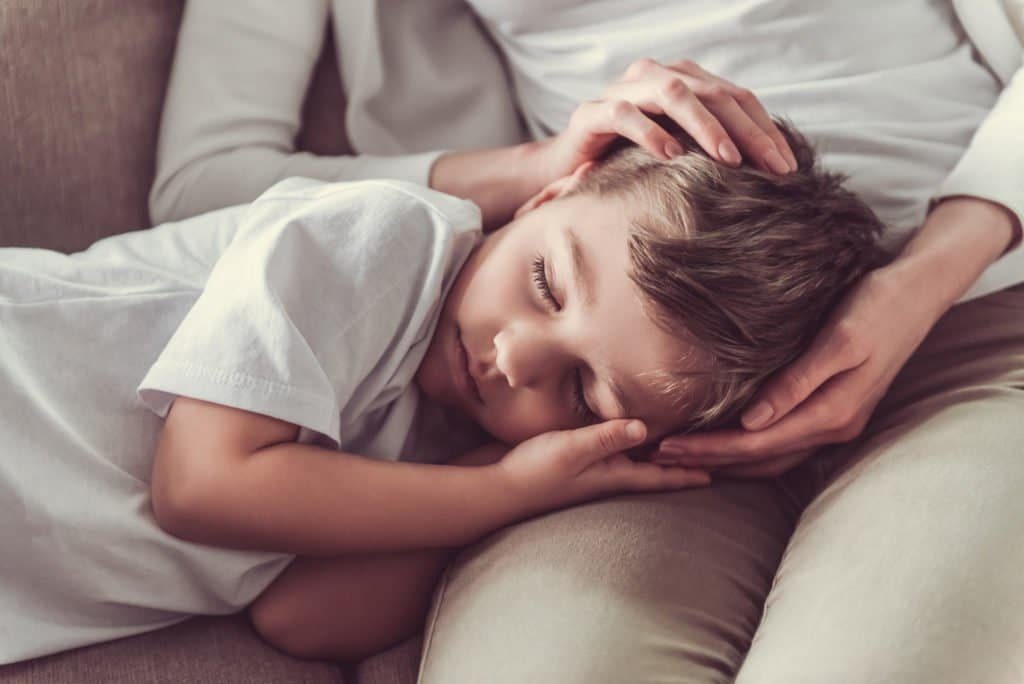
Child Abuse Awareness Month
April is National Child Abuse Prevention Month.
Every day in America, more than 5 children die from child abuse and neglect, 80% of those children are under the age of 4.
Sadly, that number is growing, 15 years ago it was 3 children a day. What’s worse is that it’s actually 3 times more kids than that because this statistics doesn’t account for all of the cases that go unrecorded.
It’s also estimated that there are three times more incidents of child abuse than the 3.3 million cases reported each year.
There are many organizations that are working hard to prevent child abuse, help children and bring awareness to the devastating problem.
Since 1959, Child Help has been dedicated to preventing child abuse and neglect and helping its victims. Child Welfare Information Gateway promotes the safety and welfare of children and families by connecting them with proper resources and tools.
The National Center for Missing and Exploited Children provides necessary resources and information to parents, victims and law enforcement. PROTECT is a national association providing political strength and leadership for the protection of abused, exploited, and neglected children. The time or financial assistance will be put to good use with any of these organizations.
Child Domestic Violence And Evaluation
A review of the literature reveals that the area of forensic questioning of young children in connection to child abuse is fraught with differing opinions and controversy.
The clear need for courts to have accurate information concerning the perpetuation of abuse on children by adults will continue to exist as long as child abuse does.
In the guidelines for the evaluation of allegedly abused children, the American Psychological Association Committee on Professional Practice and Standards (1998) indicates that forensic data and expert witnessing may help the court in understanding, gaining perspective, and increasing the fairness of determinations.
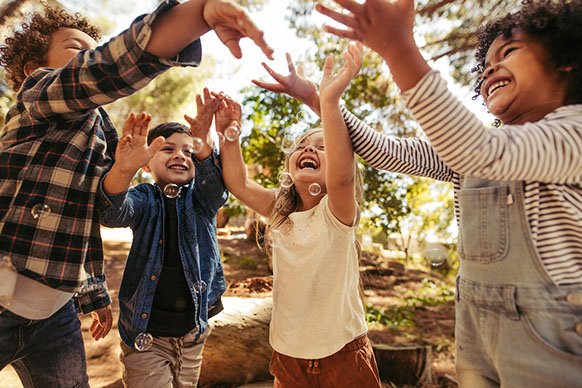
Gradual Healing In Abused Children
The important thing to remember when dealing with children who have witnessed or been a part of family violence is that the age of the child and the severity and frequency of the witnessed abuse all play a role in how they were affected by domestic violence.
Studies have shown that the younger the child, the better the success rate of healing the trauma. That is not to say that the older child will not be healed, just that the healing takes longer.
Children have to relearn feeling safe, to trust and to live without feeling that they always have to be on guard. This takes time and energy on the part of the parent who has left an abusive situation.
Counseling is also something that should be considered for the child since one of one time of the session provides an opportunity for the child to open up and explore their feelings without worrying about hurting the parents.
This is especially true when the child talks about his angry feelings at the helplessness of the domestic violence situation.
The child might not be eager to express those feelings to a parent who is already seen as hurting by the child. Most children are in the protect mode and will not say or do anything to make that parent feel pain.
Mothers, for the most part, withdraw somewhat from interactions with their children due to the depression they are experiencing.
It is about making the child feel safe, cared about and respected so that they can share their feelings. It is about making time for the child who has witnessed violence in their home. It is about giving hugs and attention and love so that the child feels protected and loved.
It is about understanding the fears and anxieties that the child is feeling and dealing with those feelings in a realistic and calming fashion. It is about not devaluing those feelings but allowing open communication so that they feel free to explore them.
It is about not keeping the secret about the violence that is so important so the child no longer feels the guilt about lying about the home situation.
It is about honesty about what the mom and the child are feeling at all times. It is about making a place for the abuser in the child’s life when it is appropriate so the child feels that parents love.
It is about explaining the difference between an abuser’s behaviors and the abuser as a person who is going to help the child sort it all out.
It is the acknowledgment that a problem is there and has to be dealt with. It is about making a place in the family’s lives for professionals to give them guidance to aid the healing process.
It is about being a good role model for these children so they can learn about appropriate behaviors. It is also about making the child understand the difference between normal and not normal behaviors so that they can modify those behaviors which will be detrimental to them in the future.
Lastly, it is about making them strong and healthy physically and emotionally so that they won’t repeat the same patterns in adulthood.
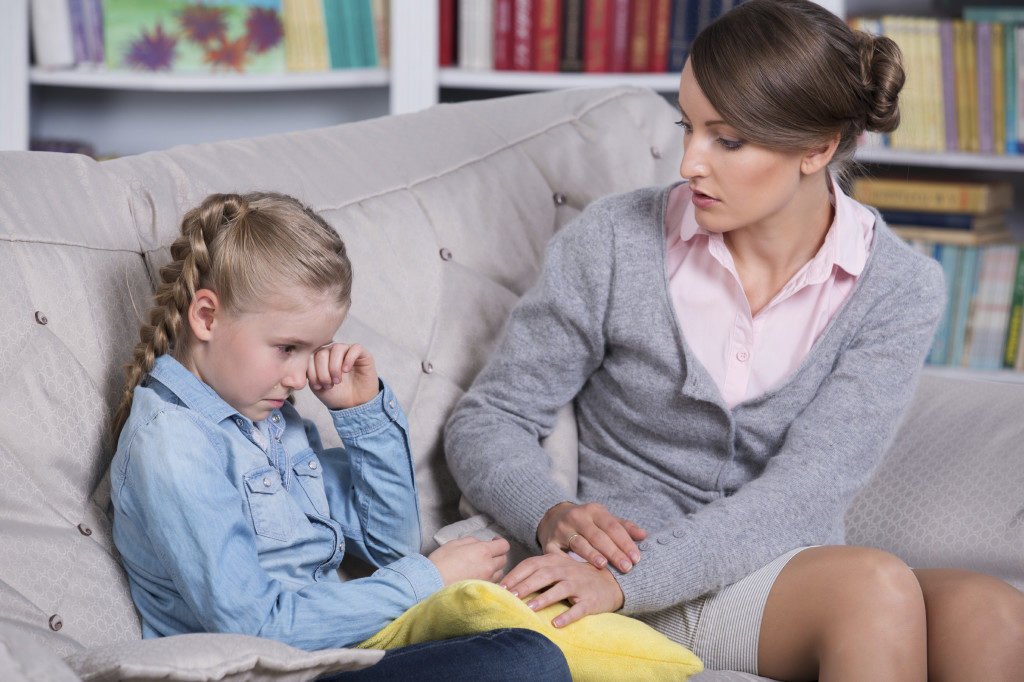
Resource Centers
It is everyone’s responsibility to report any suspected case of child sexual abuse. For the victims, they need all the help they can get considering that most of them aren’t even capable of reporting what just happened to them. Every citizen must understand that reporting domestic violence in a child may actually save their life.
If you are residing in the United States, there are many helpful agencies, government or private, which can provide assistance and help for every victim of child sexual abuse. In fact, the majority of the States do have a law that requires its residents to report to proper authorities in the event of child abuse or neglect suspicion.
This mandate is based upon the concept that we are all responsible for the welfare and safety of our children.
National Center for Missing and Exploited Children (NCMEC)
Charles B. Wang International Children’s Building
699 Prince Street
Alexandria, VA 22314
Phone: (703) 274-3900
Fax: (703) 274-2200
Toll-Free: (800)-843-5678
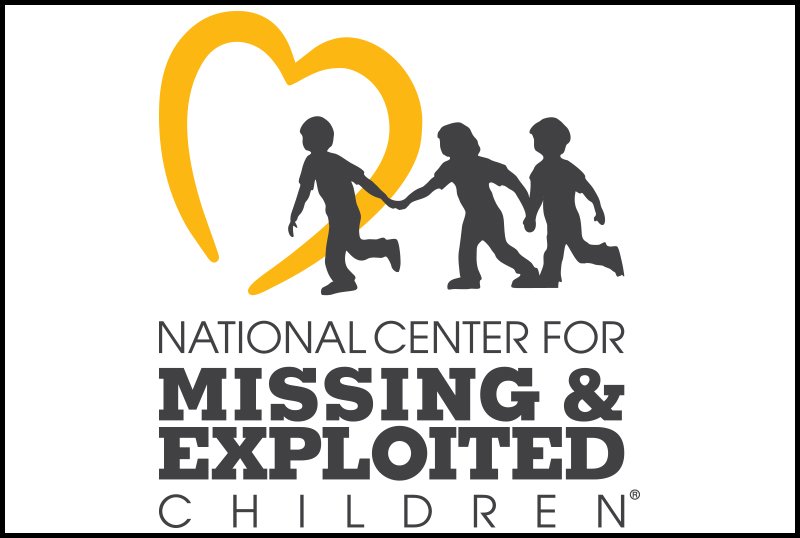
4724 Park Road
Unit C
Charlotte, NC 28203
704-529-1080
American Professional Society on the Abuse of Children (APSAC)
University of Chicago
School of Social Service Administration
969 East 60th Street
Chicago, IL 60637
312-702-9419
National Center for the Prosecution of Child Abuse
1033 North Fairfax Street
Suite 200
Alexandria, VA 22314
703-739-0321
Department of Health and Human Services
330 C Street, SW
Washington, DC 20447
800-394-3366
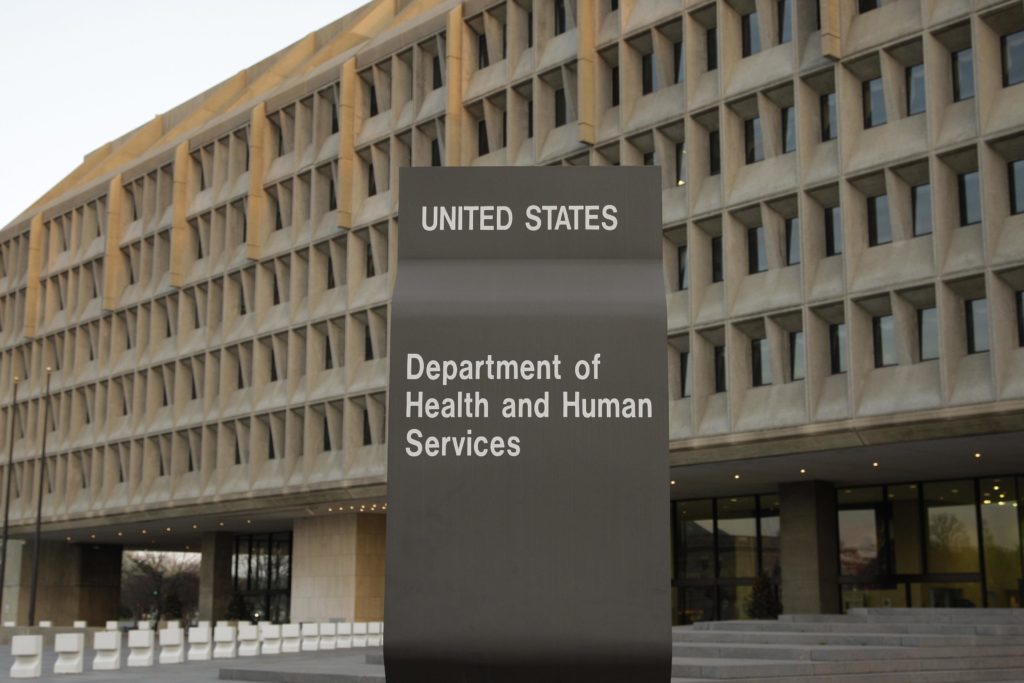
National Children’s Advocacy Center
106 Lincoln Street
Huntsville, AL 35801
205-532-3460
6463 Independence Avenue
Woodland Hills, CA 91367
800-422-4453
National Children’s Advocacy Center (NCAC)
Administrative Offices
210 Pratt Avenue
Huntsville, Alabama 35801
Phone: (256) 533-5437
Fax: (256) 534-6883
Rape, Abuse & Incest National Network (RAINN)
2000 L Street, NW
Suite 406
Washington, DC 20036
Phone: (202) 544-1034
Fax: (202) 544-3556
American Academy of Child & Adolescent Psychiatry (AACAP)
3615 Wisconsin Avenue, NW
Washington, DC 20016
Phone: (202) 966-7300
Fax: (202) 966-2891




